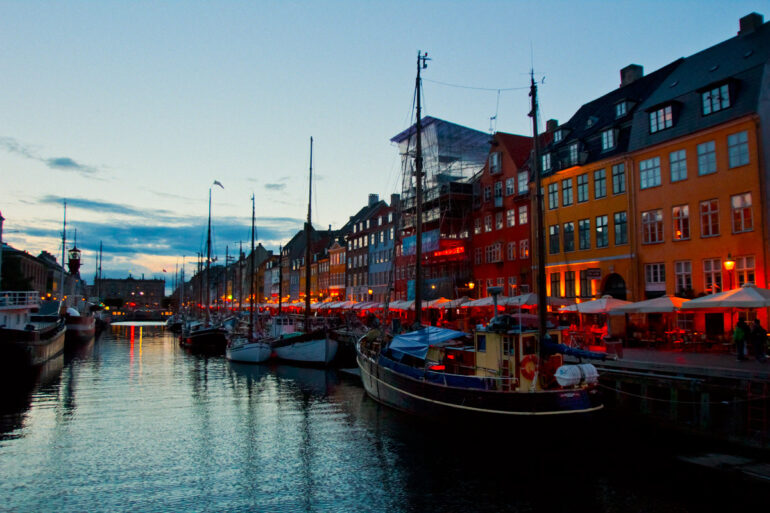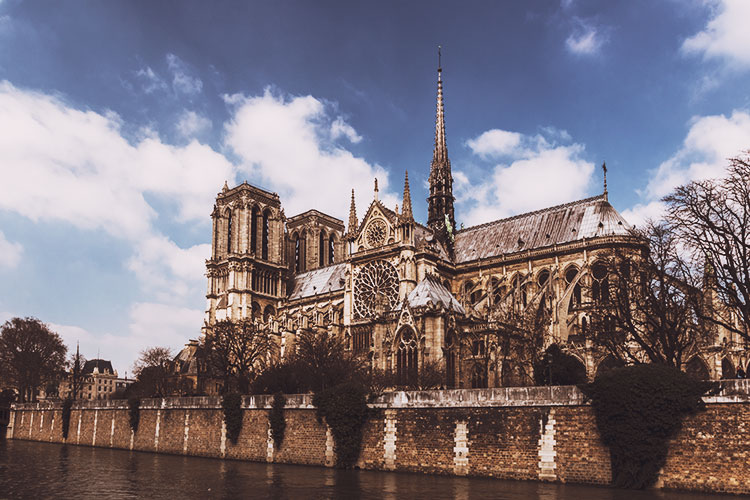Before you set out on your travel photography adventure, think about the sort of travel photos that you want to capture. There are very few places left in the world where another photographer or traveler hasn’t already visited and you can make use of the experiences of others and build on them by looking at the photos they’ve taken and the reviews and comments they’ve made about the destinations. Make a list of the spots you want to visit and jot down notes about the types of shots you liked from those places.
Maybe you see things you would do differently – shots that would have looked better from another angle or at another time of day – images that would look better as panoramic shots or scenes that would benefit from the warm lighting of the golden hour. If you write all these things down and come prepared to take the shots you want, you will come away with a portfolio of incredible travel images. Of course, all the preparation in the world can never predict the future and you will always find additional things to photograph, but having a basic, well researched plan for your travel photography is a must. I like to get the research process started by creating a spreadsheet or text document that I can edit as I come across new places, tips, and information.
Resources for your Travel Photography Research
1. Use Guide Books
While the internet is a powerful research tool, sometimes there’s nothing quite as helpful as a well-researched and recently updated guidebook from a reputable source. Guidebooks are great because they offer a comprehensive assortment of info — they’re a great starting point, and if you jot down notes about what you find, you can do more extensive research online. Nearly every travel destination, including many of the world’s most inaccessible and remote places has at least a guidebook or two that can assist in your planning.
Some of the best travel guidebook series include those by Fodor’s, Rick Steves, Lonely Planet, Rough Guides, DK Eyewitness Travel, Bradt Travel Guide, and Moon Handbooks. For more specific travel advice on individual regions, cities, national parks, and more you’ll likely be able to find specialized guidebooks to help. Some regions even have photography-specific guidebooks like the Arizona Highways Photography Guide that can offer unique advice that might not be found in a tourism-centric travel guide. Be sure to check the date of publication since travel information (especially pricing and hours of operation) can quickly become outdated.
2. Check out Web Reviews
For basic location research, be sure to check websites like TripAdvisor which provide a place to see user reviews and experiences for virtually every travel destination on Earth. You can easily find out what their community of millions of travelers thinks are the best spots to visit whether you’re headed somewhere domestically or to another country and which are the areas best avoided.
Web resources like this can help you find locations you might not have known of before as well as getting input from real users who tend to share useful bits of information like how friendly the tour guides are and what the current photo policies of a location might be.
Wikivoyage, a sister project of Wikipedia, is a user curated web resource that includes incredibly useful information for many destinations and is well worth checking. Because this resource is user edited, you’ll often find particularly helpful details on the best methods of local transportation and current safety risks and places to avoid.
3. Browse Image Sharing Websites
Once you put together a rough itinerary of potential spots to visit during your travels, take a look at the kinds of photos other people have captured in these locations. Instagram, Flickr, and 500px are outstanding resources to look at great travel photography. Since there are already plenty of virtually identical photos of most travel destinations, instead of viewing your favorite images as a blueprint for your own photography, figure out how you can introduce your own unique touch to photographing a popular scene. Take notes on which locations seem to look best during a particular time of day or weather.


